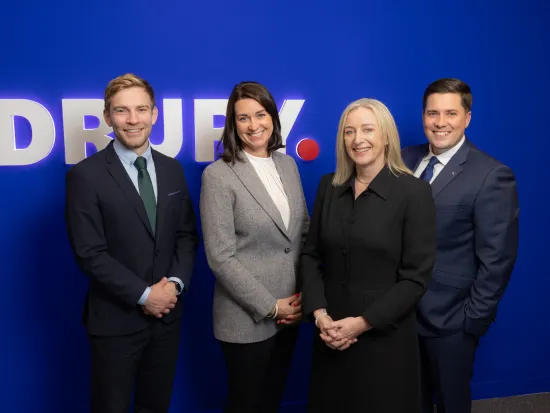Why Digital Communications Must Sit at the Heart of Corporate Strategy
For decades, corporate communications was built on the “broadcast” model.
We told our story through press releases, speeches, newsletters, and annual reports and hoped our audiences were listening. The goal was clarity and control. The assumption was that our messages travelled in one direction.
That world no longer exists.
Today, communication is a living, shifting ecosystem. Employees, customers, investors, partners, and now algorithms, all play a role in shaping how a company is perceived and trusted. It’s no longer enough to manage a message; organisations must participate in an ongoing conversation.
The Broadcast Era Is Over
What was once a one-way approach to communication has been replaced by a more natural back-and-forth with audiences. Everyone now has a platform, and expectations of transparency and immediacy have never been higher.
A recent PwC survey found that 87% of Irish CEOs experienced an increase or no change in headcount as a result of generative AI, up from 73% last year. What’s striking is not only that leaders are optimistic about technology, but that they see its potential to reshape how work is done, not just who does it.
Emerging technologies from AI platforms like ChatGPT to collaborative analytics tools are democratising access to insight. They allow communications teams to listen, learn and act faster than ever before. But these same technologies also raise expectations. Audiences don’t just want information; they expect connection, relevance, and authenticity.
The challenge for Irish businesses is not whether to use digital channels, it’s whether they are strategically integrated into the core of the organisation, not sitting on the side-lines as distribution tools.
From One-to-Many → Many-to-Many
The old playbook was simple: “We issue a press release.”
Today, it’s “We manage a conversation across LinkedIn, X, internal channels, podcasts, and partner networks.”
Digital has shifted communications from top-down messaging to networked storytelling. It’s no longer about reaching audiences; it’s about engaging communities.
Leading Irish organisations are already living this shift. Bank of Ireland’s digital-first storytelling connects purpose, innovation, and customer experience across its owned and social channels. ESB’s “Brighter Future” strategy bridges its sustainability narrative with internal advocacy, empowering employees to become brand ambassadors. Even public sector bodies like the HSE have transformed their communications, building transparency and trust through real-time updates and active listening during the pandemic.
These examples share a common thread: they treat digital not as a distribution tool but as a strategic relationship platform. They understand that reputation is no longer built in boardrooms or press offices, it’s built in public digital spaces.
The Organisational Shift: New Skills, New Governance
Many communications teams remain structured for output; writing, posting, and publishing rather than insight.
Now, strong communication depends on being informed, responsive, and well-connected across the organisation.
At Drury, we call this Digital Communications Intelligence. The ability to listen, interpret, and act with precision across the full spectrum of digital channels. That includes:
· Social listening: understanding what stakeholders are saying — and why.
· Content analytics: identifying what’s resonating and what’s being ignored.
· Reputation tracking: monitoring how sentiment changes and how trust is built or eroded.
· Cross-functional collaboration: connecting comms with HR, CSR, and brand teams to ensure alignment.
These capabilities require new skills: digital storytelling, search and social analytics, data literacy, and AI-assisted content development. Just as importantly, they require governance a clear digital tone of voice and ethical guidelines. In an era where misinformation can travel faster than fact, clarity of purpose and consistency of voice are fundamental to trust.
Digital is not just a communications issue; it’s a corporate governance issue.
The Leadership Imperative
The most effective corporate communications leaders in Ireland today are those who think like strategists, not broadcasters. They understand that digital communications are not the final mile of a campaign, they are the foundation of how organisations engage, build trust, and demonstrate leadership.
Digital is where reputations are built, challenged, and defended. It’s where employees expect clarity, customers expect empathy, and investors expect accountability.
And while technology continues to evolve, the principle remains constant: communication drives strategy.
So as 2026 planning gets underway, the challenge for corporate communicators is turning digital leadership into digital influence inside and outside the organisation.
Michelle McCoy, Managing Director Digital






